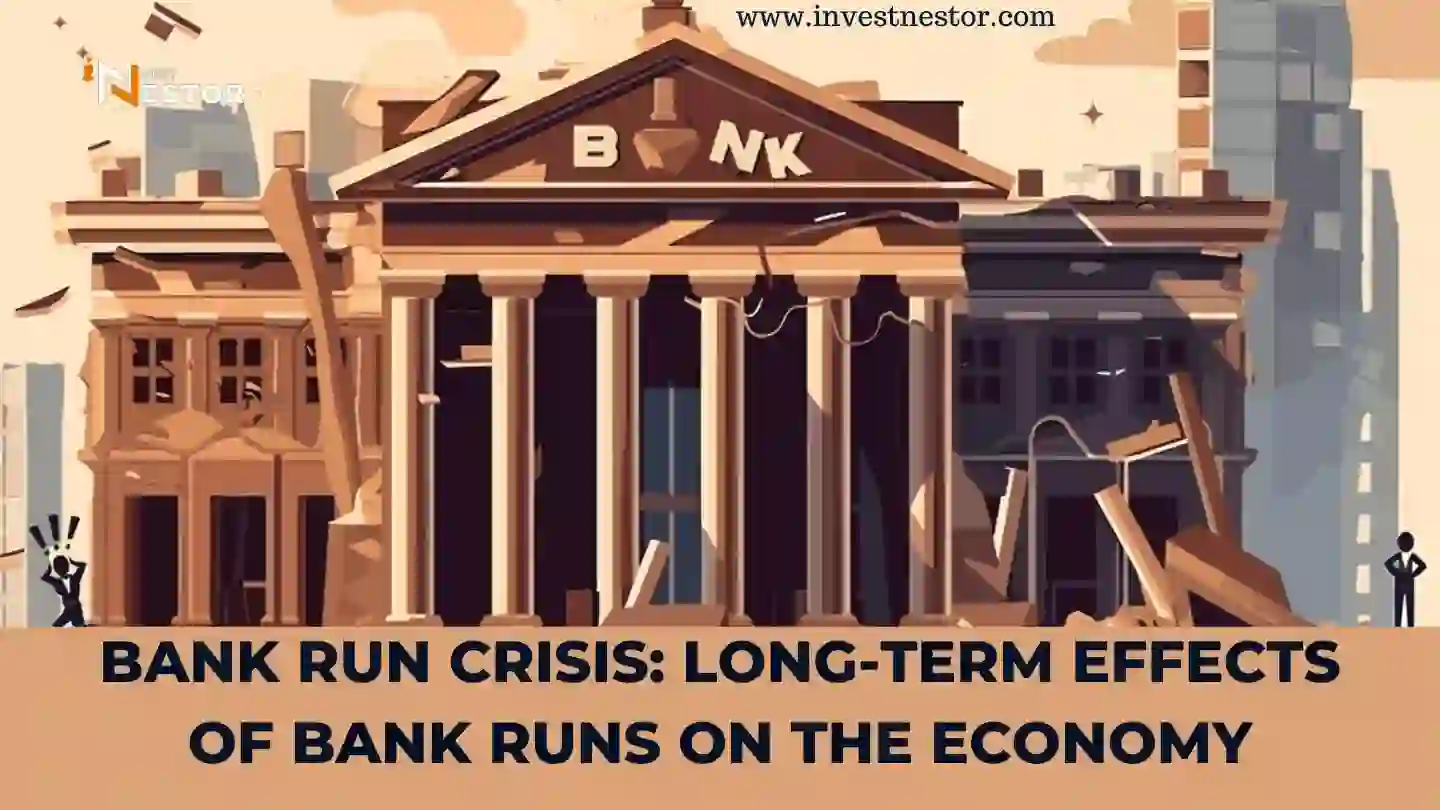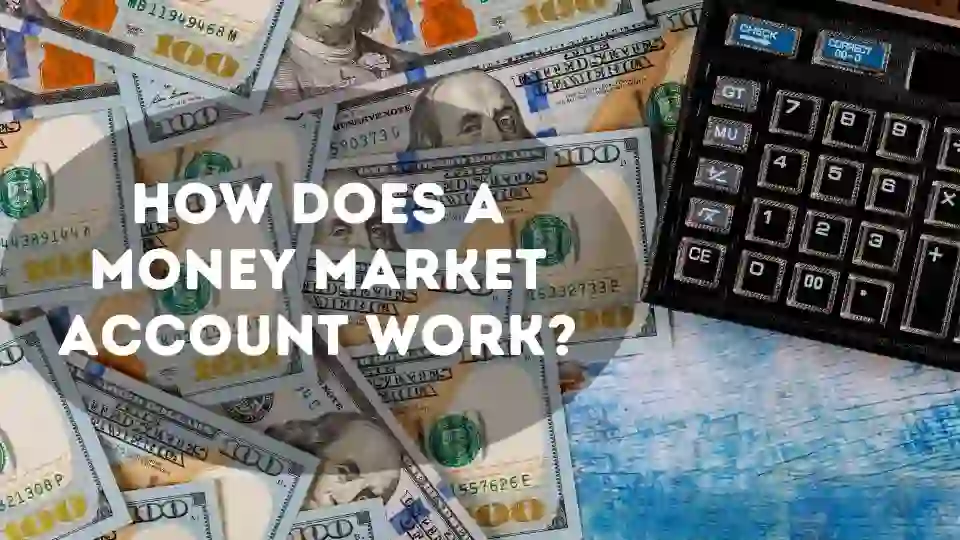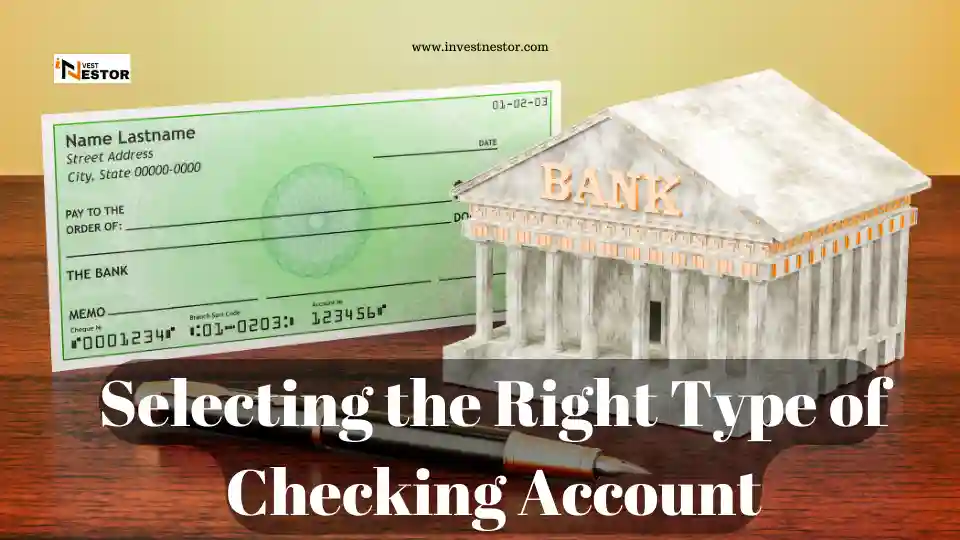
Bank Runs: Reasons, Examples & What to Do During a Bank Run
The most notable news event was bank runs after the crash of Silicon Valley Bank (SVB) and Signature Bank, which ranked as the country's second and third-largest bank failures. Before the regulators took over the troubled banks, news coverage resulted in panic withdrawal of the money by the customers.
Bank runs or bank panics are widespread in the banking industry, especially in the past. We will discuss everything about the bank run.
Key Highlights
When a large number of depositors withdraw their money from banks at a time, there is a huge bank run.
The customers in the bank run, open their accounts and take out their money only because of the fear that the institution would go into insolvency.
The bank run has been a very common phenomenon all over the world, and this still holds even in the Great Depression and the 2008 financial crisis.
What Happens During a Bank Run?
When many depositors rush to a bank claiming their money because they fear that the financial institution will soon collapse due to its poor condition, it is referred to as run on the bank.
This can be done when bank managers admit to the financial crisis or when prominent media outlets or social networks mention the instability of the bank. The withdrawal process can be very fast, leaving the bank no room for such a withdrawal.
Even if the bank as a whole remains solvent always, its assets may not be liquid enough to be converted into cash in a short time when there is unexpected pressure for withdrawals. This can also lead to a self-fulfilling prophecy because the bank run leading to the collapse of the bank itself can destabilize the bank and result in its closure.
5 Reasons Behind Bank Runs Unveiled
There are several factors that can lead to a bank run or make it worse; bank runs can happen even when there is no risk of an institution failing.
Fear
The fear of losing money may be the largest factor contributing to a bank run. Some individuals may perceive that a particular financial institution is or is likely to get into a crisis, so they risk losing the money they deposited there. This fear can then contaminate other customers in that bank or different banks, leading to a wave of demand withdrawal. That is to say, a bank run may result from a weakened belief in a financial establishment or within the banking system.
Social Media
Social media platforms can be used for speculation and rumours about the health of a financial institution or the banking system, which can create unnecessary concern in people's minds. For example, the 2023 bank run for Silicon Valley Bank was accelerated by the messages posted on the social media website X (which used to be known as Twitter).
Technology
Although technology doesn't lead to a bank run, it can exacerbate circumstances at a bank or in the world of finance and even accelerate a bank run. The customers of SVB applied for electronic transfers through the bank's app or website as they wanted to transfer the money to other financial institutions once the news of an emerging crisis at SVB was known. This produced a crisis that was moving faster than the preceding one.
Bank Mismanagement
Occasionally, bank mismanagement could be one of the causes of the bank run. WaMu lost $ 16.7 billion when its customers pulled out their accounts after a bank run in 2008. While this clearly was not the only factor, WaMu's profit-driven gamble on risky mortgages was one of the largest wicks that lit the bonfire of the bank run that would bring down the bank.
Economic Conditions
The economic condition can be a catalyst for bank runs. For instance, SVB was known to have a majority of its customer base from tech startups. The failures of those startups to obtain private funding led to their reliance on SVB's deposits, hence reducing the bank's cash flow. That also helped to contribute to a later bank run, which sapped off a staggering $42 billion in customer deposits in a single day.
Are Bank Runs Illegal?
The bank runs are considered illegal or legal depending on the country and situation. In certain countries, for instance, the United States, some provisions and controls are put in place to help avert or reduce cases of bank runs through the introduction of concepts like deposit insurance, central bank lending, and the creation of new regulatory bodies that govern the banks. Draining cash from the bank may not be the best solution to stop the run.
In some countries, causing or participating in a bank run by giving false or misleading information about a bank's health or withdrawing more than authorized may be a crime.
Since 1917, California has had an anti-bank run statute that makes spreading bank solvency a crime. It is advisable to look into the deposit insurance mechanism and the bank's financial health before making a decision if you are worried about your deposit safety.
List of Bank Run Examples
The United States has had several well-publicized bank runs throughout history. These four are listed here.
1. Silicon Valley Bank - March 9, 2023: The reason for the collapse is the fact that the Tech companies made a hasty withdrawal of cash after SVB attempted to capitalize over $2 billion. The sum was 42 billion dollars and closed on March 10, 2023. The assets were purchased by First Citizens BancShares.
2. Signature Bank - March 10, 2023. The cause of the downfall was customers panicked by SVB's sudden collapse and the bank's heavy exposure to crypto assets. The amount withdrawn is $18.6 billion, and it closed on March 12, 2023—the assets purchased by the Flagstar Bank.
3. Washington Mutual Bank – September 8 2008. The economic recession that resulted from the Great Recession and the Wall Street woes are the leading causes of the fall. It is a withdrawn amount of $16.7 billion, Closed on September 25, 2008. JPMorgan Chase purchases its assets.
4. Bank of United States - December 10, 1930. The cause of the downfall was the collapse of planned bank mergers during the Great Depression. The amount withdrawn is over $2 million (about $36 billion today), and it closed on December 11, 1930, sparking hundreds more runs.
What to Do During a Bank Run?
During a bank run, you may want to:
-
Stay Informed: Observe credible news and authentic communication about the situation.
-
Check your deposit insurance: Inquire about the limits on your coverage and the amount of your money being covered.
-
Diversify your savings: Try to diversify your income and save some of it on different banks or other secure investments.
-
Avoid withdrawing large amounts of cash: Withdraw for the amount you need to spend on a day-to-day basis. There are times when it is risky to hold some money or even keep it.
-
Be patient and calm: Do not respond to rumours, and do not encourage panic.
When Was the Last Bank Run in the US?
The latest collapse of the Silicon Valley Bank marks the latest bank run on March 9, 2023, after it lost $5 billion in deposits on a single day and its eventual demise by regulators. The crisis proved to be the US's largest banking crisis ever since the Great Depression, which wiped out one thousand or more banks between 1939 and 1933. To regain confidence and steadiness in the financial system, the government and even the Federal Reserve splashed emergency measures to help.
Final Words
So now you know what happens during a bank run. In very extreme cases, bank runs cause solvent banks to become insolvent and eventually collapse. This occurred in 2023, and when the Silicon Valley Bank collapsed and filed for bankruptcy due to a run, it was despite having enough capital on paper before the run. Bank runs are a clear indication of how fast people's trust in financial institutions can disappear, leading to a frenzy situation that puts the institutions at risk.
FAQs
What is a bank run?
Bank runs happen when many clients of banks simultaneously withdraw their deposits out of fear of the bank's solvency. This process can quickly drain the bank's cash reserves, leading to the loss of money by selling assets below their value or, worse, even to insolvency and collapse. Bank runs are bound to be contagious, and, as a rule, they may spread among other banks.
What are the main consequences of a bank run?
Bank runs have serious repercussions. A bank hit with a run must rapidly sell assets for cash, potentially at a loss, eroding its capital. Withdrawals exceeding reserves can cause failure. Bank runs disrupt the broader economy as banks recall loans to get cash, and available credit shrinks, hurting businesses and consumers. Widespread runs can freeze credit markets entirely. Systemic bank runs are considered a major reason the Great Depression became so severe in the US.
Why is a bank run bad?
A bank run can also lead to the collapse of a bank and create an even more generalized financial crisis. Usually, a bank does not get substantial cash for its total deposit. If more customers are pulling out their money, then the bank will be able to pay back to its depositors.
Suggested Articles


 to Your Advantage.webp)



0 Comments
Add a comment